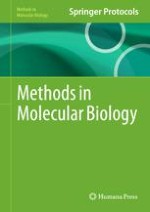
2015 | Online First | Chapter
Sendai Virus-Based Reprogramming of Mesenchymal Stromal/Stem Cells from Umbilical Cord Wharton’s Jelly into Induced Pluripotent Stem Cells
Authors : Cristian Miere, Liani Devito, Dusko Ilic
Published in: Methods in Molecular Biology™
Publisher: Springer New York
Activate our intelligent search to find suitable subject content or patents.
Select sections of text to find matching patents with Artificial Intelligence. powered by
Select sections of text to find additional relevant content using AI-assisted search. powered by